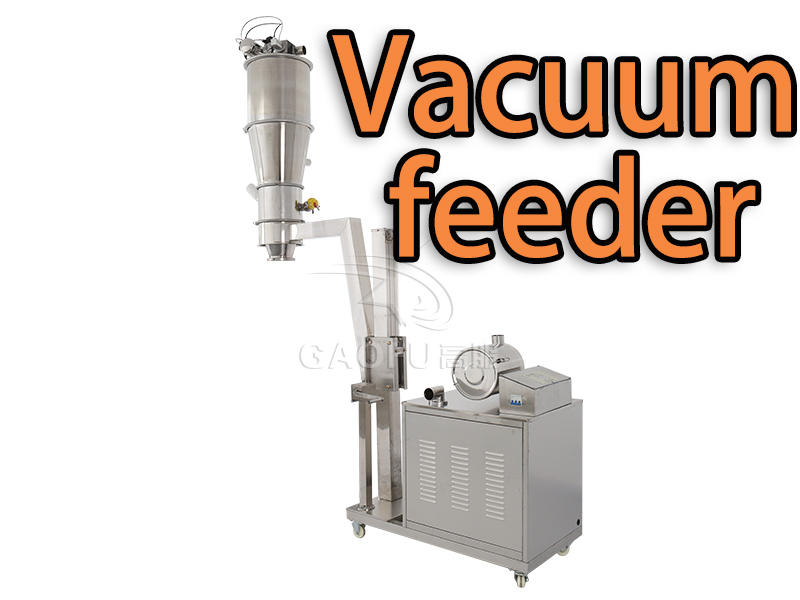Vacuum conveyors, also known as vacuum feeding machines, play a critical role in the modern handling and transfer of powder materials. These systems are especially valuable in industries such as pharmaceuticals, food processing, chemicals, metallurgy, and construction materials, where hygiene, efficiency, and environmental control are top priorities.

One of the most significant advantages of vacuum conveyors is their ability to reduce environmental pollution caused by airborne dust. Traditional conveying systems often expose workers and production areas to fine particulate matter, which can pose serious health hazards and create a messy, difficult-to-maintain work environment. In contrast, vacuum conveying systems operate within a fully enclosed pipeline, effectively preventing any leakage or dispersion of powders into the air. This closed-loop system ensures that materials are transported safely and cleanly, thus significantly improving workplace safety and cleanliness.
Beyond environmental benefits, vacuum conveyors are also engineered for hygienic operation and ease of maintenance. The design avoids gaps, crevices, or dead corners where material residues might accumulate. This thoughtful engineering not only prevents material buildup and potential cross-contamination but also simplifies cleaning and maintenance procedures. Surfaces are smooth and accessible, allowing for easy visual inspection, which is particularly critical in sectors like pharmaceuticals and food production where strict sanitary standards must be met.
Furthermore, the automation and reliability of vacuum conveyors contribute to a more streamlined production process. They are capable of transferring powders over long distances and complex routing configurations without compromising the integrity of the material or interrupting the process flow. This adaptability makes them a preferred choice for manufacturers seeking both operational efficiency and compliance with industry regulations.

